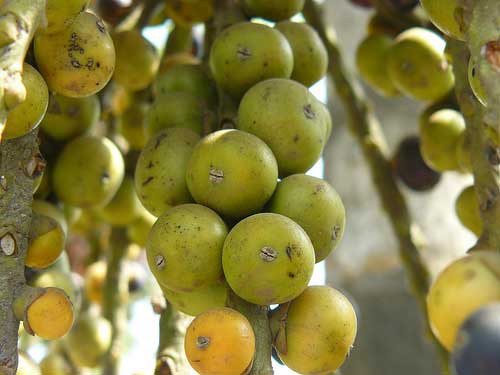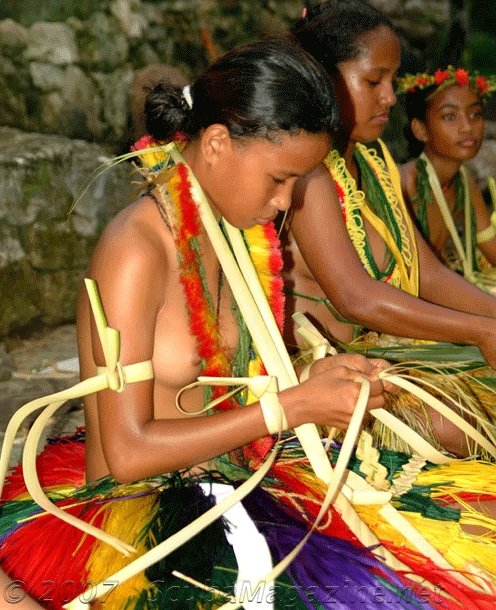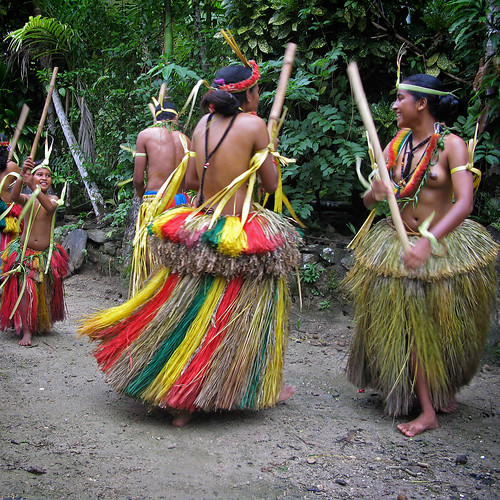There is a variety of local food on Yap which includes several different kinds of crab, lobster, snapper, tuna… Fish is the second major Yap export along with betel nuts. But the Yapese also eat fruit bats.
One of the traditional dishes in fact is fruit bat soup with coconut and ginger. The fruit bats are also called flying foxes because they are furry and do look like foxes but they feed on fruit and flower nectar.
If you are looking for an extreme culinary adventure with a Micronesian delicacy, look no further. Some of the five-star Pacific resorts, offer fruit bat soup which is now rare and expensive. Fruit bats are only found in Micronesia, and with the introduction of Western diet on the islands, the soup has become much less popular.
The recipe below is from The New York Times Natural Foods Cookbook (Jean Hewitt, 1971) but it is a bit different from the traditional Micronesian fruit bat soup where the whole bat is served on the plate.
• 3 fruit bats, well washed but neither skinned nor eviscerated
• Water
• 1 Tb finely sliced fresh ginger
• 1 large onion, quartered
• Sea salt to taste
• Chopped scallions
• Soy sauce and/or coconut cream
1. Place bats in a large kettle and add water to cover. Add ginger, onion, and salt. Bring to boil and simmer 45 minutes. Strain broth into second kettle.
2. Take bats, skin them, discard skin. Remove meat from bones. Return meat and any viscera fancied to the broth. Heat.
3. Serve, liberally sprinkled with scallions and seasoned with soy sauce and/or coconut cream.


















